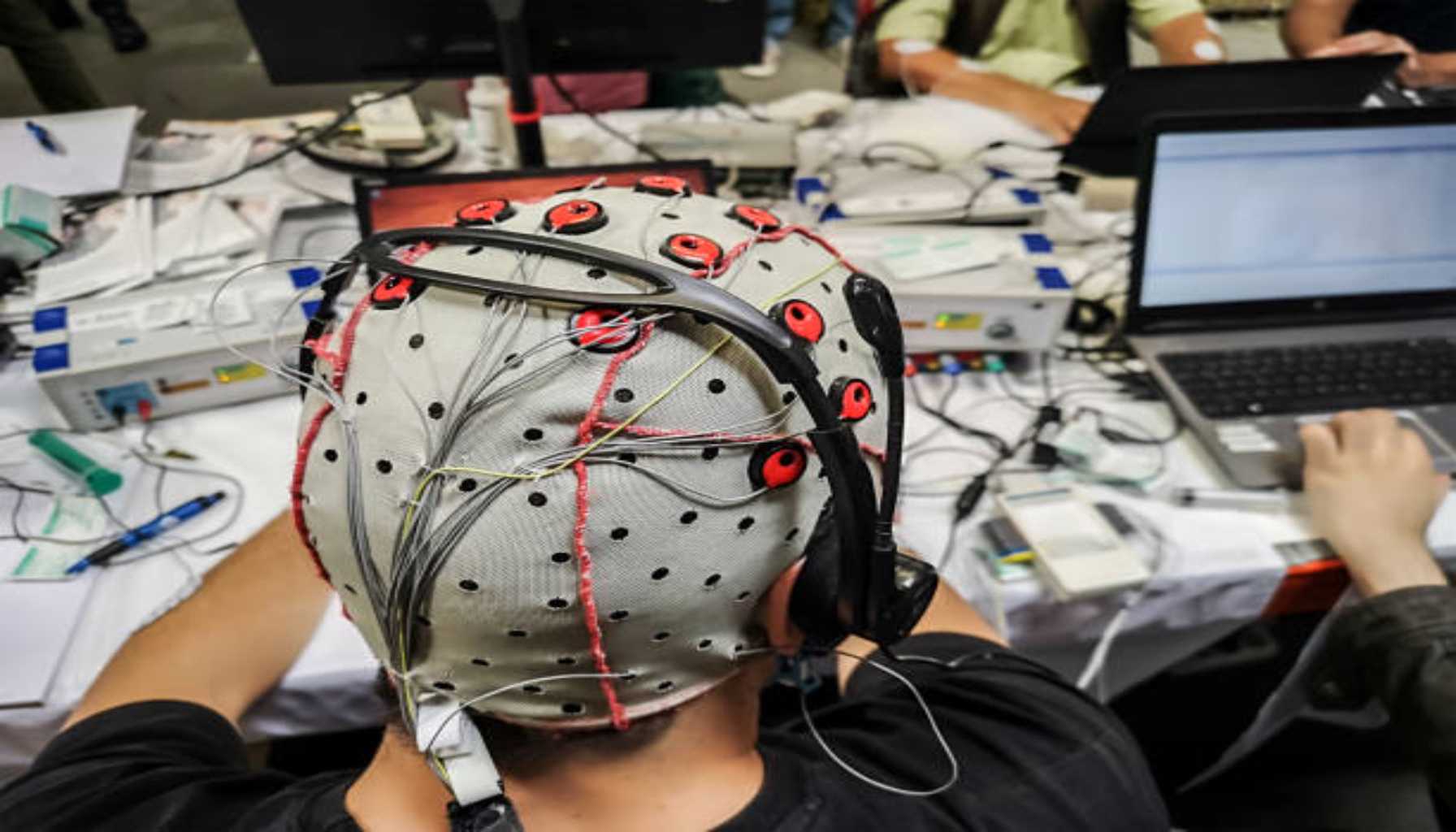Advancements in Brain-Computer Interfaces (BCIs): Tapping Into the Mind’s Power
There’s something beautifully mysterious about the brain. That gray matter nestled inside our skulls—home to every thought, memory, and idea—has fascinated scientists, philosophers, and storytellers for centuries. Now, with the help of Brain-Computer Interfaces (BCIs), we’re finally starting to unlock its secrets.
At junkybooks, we like to sit at the intersection of innovation and imagination. And BCIs? They don't get much more sci-fi than this—except the future is already knocking.
What Are BCIs, Exactly?
A Brain-Computer Interface is a direct communication pathway between the brain and some external device. It's like installing a USB port in your brain, which enables your brain to send and receive information without involving your hands, voice, or even eyes.
At first, BCIs may seem like something torn straight from the pages of a sci-fi film (think The Matrix or Black Mirror), but they're quite real. The first ones were experimental and clunky, with surgically implanted electrodes and large machinery. But that's quickly evolving.
BCIs today are growing less invasive, more precise, and a whole lot more usable—both in laboratories and, more and more, in daily life.
A New Type of Connection
The real magic of BCIs is how they translate brain signals into action. Consider moving your hand—and a robotic arm moves. Attempt to speak—but your thoughts instead get typed on a screen. This is not hypothetical. It is happening.
I read a story about a man who had lost his ability to speak due to a neurological condition. Through the use of a BCI, he was able to "type" merely by thinking of the words. His thoughts were picked up by sensors, decoded by software, and thus expressed as text on a screen. For the first time in years, he could communicate with his family in real-time.
That's not only innovation—that's a miracle of modern science.
How Far We've Come
The discipline has progressed quickly over the last decade, due in part to advancements in machine learning and neuroimaging. Today's BCIs are no longer merely medical devices—they're being experimented with for everything from video games to classroom learning to on-the-job productivity.
Neuralink, Synchron, and CTRL-labs are a few of the entities working on both invasive and non-invasive approaches. Neuralink, for instance, is working on super-slim brain implants that will not only heal neurological disorders but also possibly allow for cognitive enhancement. Synchron, however, uses microscopic stentrodes that don't require open-brain surgery—a huge advance in making BCIs more accessible and safer.
And then there are wearable headsets—essentially, brain-controlled controllers—that allow you to play games or control smart devices just by focusing. I tried one of these headsets out at a tech conference last year. Controlling a drone with nothing more than my mind was both exhilarating and somewhat eerie. It was magic—but it was raw, measurable brain activity.
Everyday Applications Are Closer Than You Think
BCIs are no longer limited to hospitals or laboratories alone. They are entering the real world, albeit gradually.
In medicine, they're being used for neurorehabilitation—helping stroke patients recover movement through thought-driven physical therapy. In the workplace, companies are exploring ways BCIs can help employees manage focus, stress, and fatigue. Picture a smart headset that recognizes when your brain needs a break and suggests a quick mindfulness meditation before burning out.
Even in learning, BCIs show promise. Adaptive learning systems could adjust content difficulty by how much your brain is engaged, constructing a customized learning experience on the fly. And for artists and gamers? The possibility of developing an app or writing music by just thinking it through isn't as distant as it once seemed.
Challenges Still Ahead
Of course, as tantalizing as the breakthroughs are, we cannot ignore the challenges. Reading brain signals is still very complex. No two brains are alike, and the electrical signals involved are subtle and sophisticated. Getting consistent reliable input—and translating it into helpful action—is still a great challenge.
Then there's the question of privacy. If your thoughts can be read, who is in charge of that information? How do they warehouse it? Can it be hacked? These are not just sci-fi questions; they are real ethical dilemmas we need to deal with as BCI technology becomes more widespread.
There's also the threat of inequality. If BCIs are used to improve memory, concentration, or even learning, will they be accessible only to the rich? What if only a subset of people can "upgrade" their brains? These are uncomfortable but essential questions.
Rewiring Our Relationship With Technology
The most fascinating part of BCI development isn’t just the hardware or the software—it’s what it means for our future relationship with machines. We’ve always interacted with technology through external devices: keyboards, screens, controllers. BCIs promise something much more intimate—a direct mind-to-machine connection.
That changes everything. No more clunky interfaces. No more multitasking fatigue. Technology becomes an extension of the self. Seamless. Intuitive. Personal.
I sometimes fantasize about a world where I can be in a café, sipping tea, and writing a junkybooks article by just thinking about it—paragraphs showing up on a screen as easily as the thoughts in my head. It's wild, but it's not unimaginable.
The Road Ahead
We’re still in the early chapters of the BCI story. The tech isn’t perfect yet, and adoption will take time. But the potential is too big to ignore.
We’re talking about restoring lost abilities, enhancing human potential, and creating entirely new forms of expression. BCIs could become the next major leap in human-computer interaction—one that brings us closer to understanding the most mysterious and powerful tool we’ve ever known: the human brain.
At junkybooks, we’ll be watching closely, eager to see how this unfolds—not just in labs and tech expos, but in our homes, classrooms, and daily lives.
Final Thoughts: The Power Within
Brain-Computer Interface technology isn't just technology—it's possibilities. About tapping into something essentially human. About giving voice to the voiceless, movement to the paralyzed, and imagination a new kind of freedom.
It's easy to get caught up in the cool factor of it all, but underlying it, BCI innovation is a testament to what happens when innovation and compassion converge. And if that isn't worth paying attention to, we don't know what is.
Here's to a future where thinking is doing—and the only limit is your imagination.








